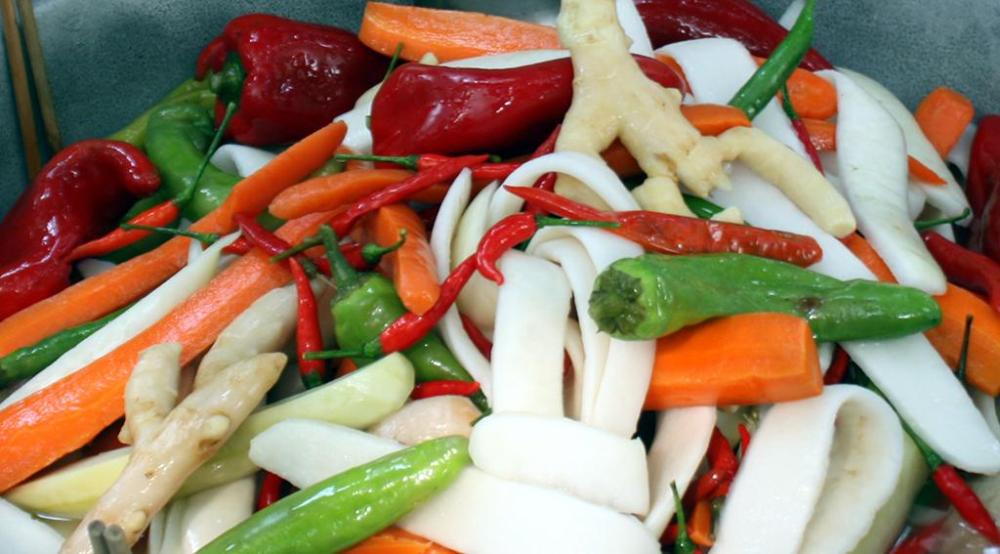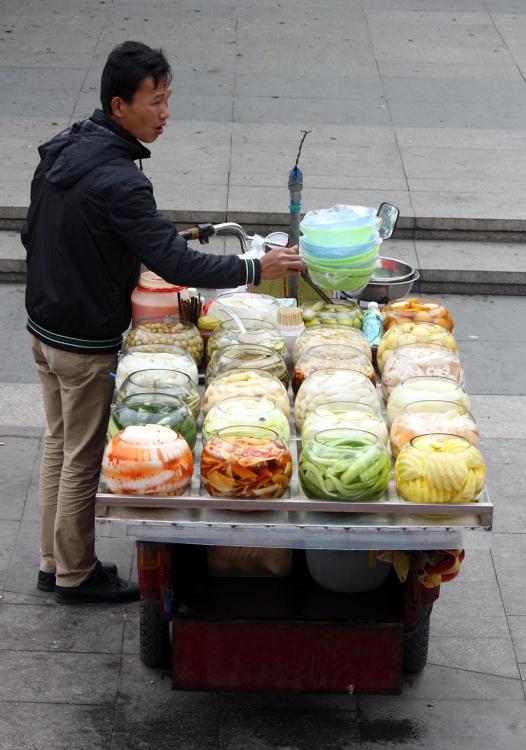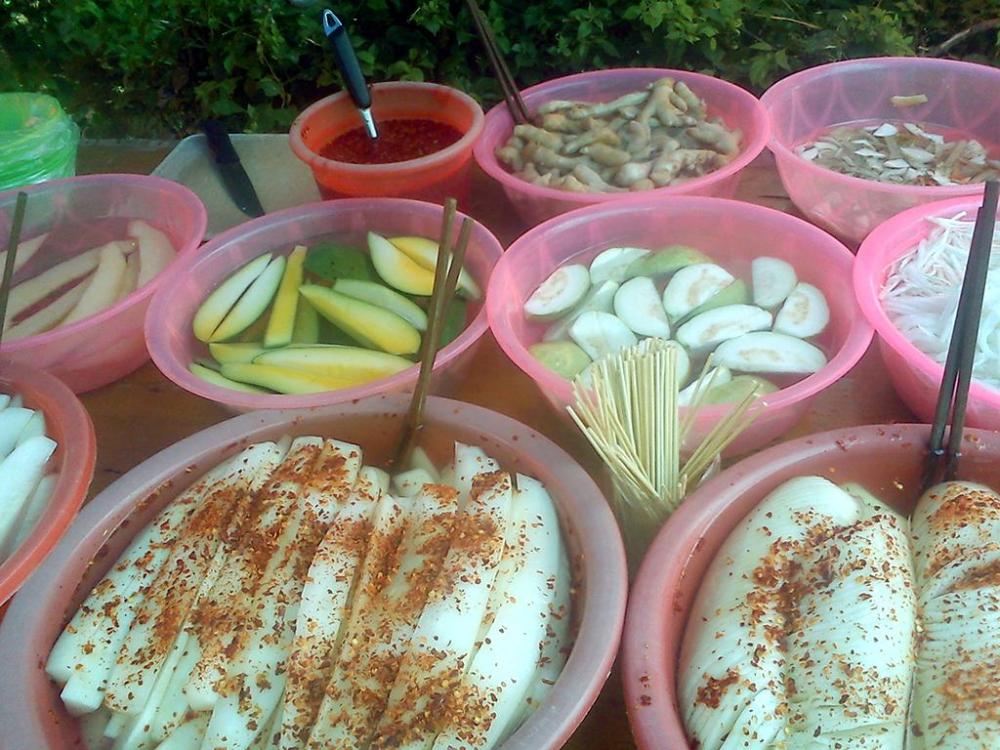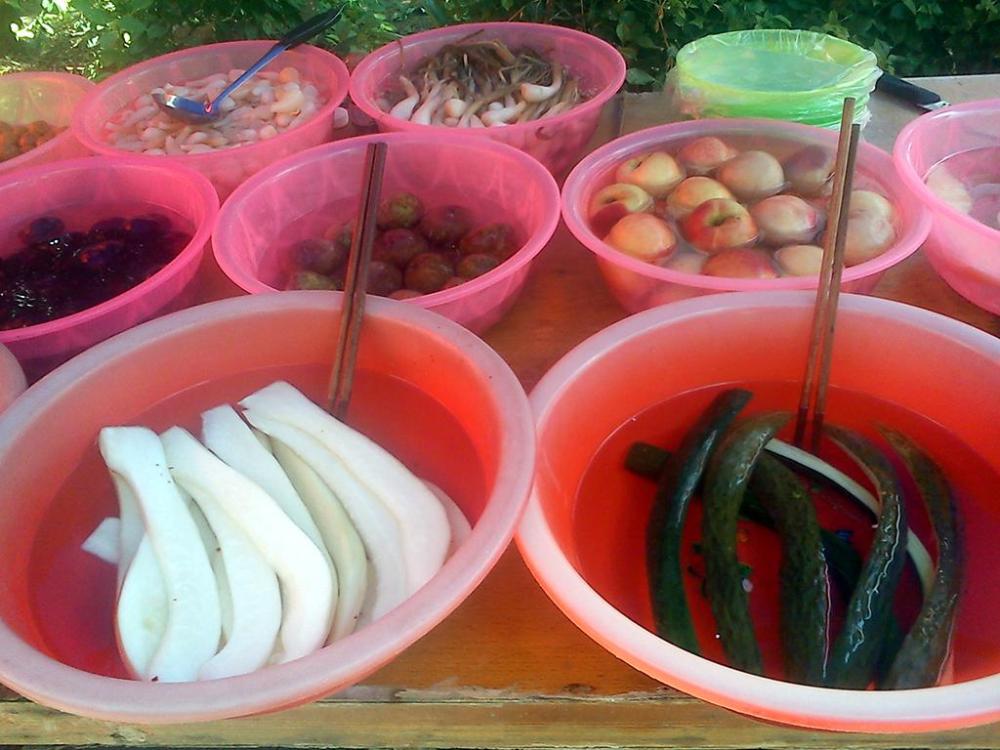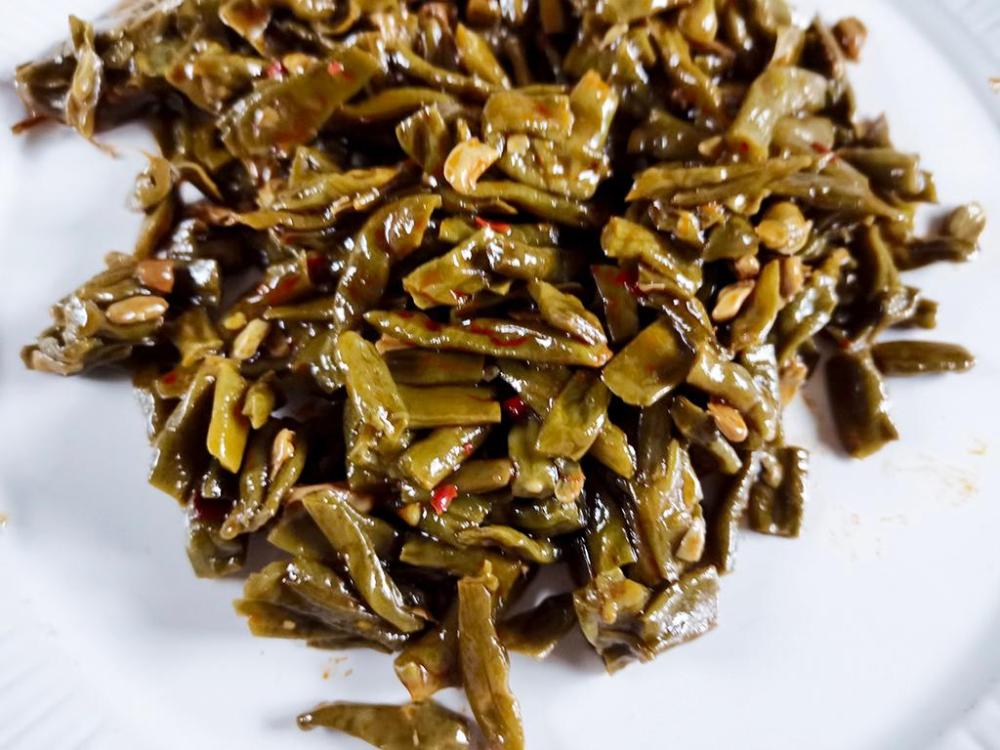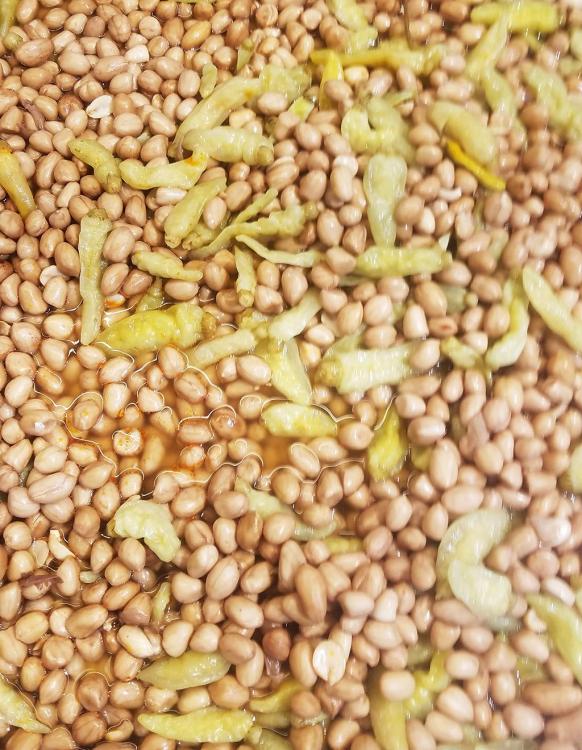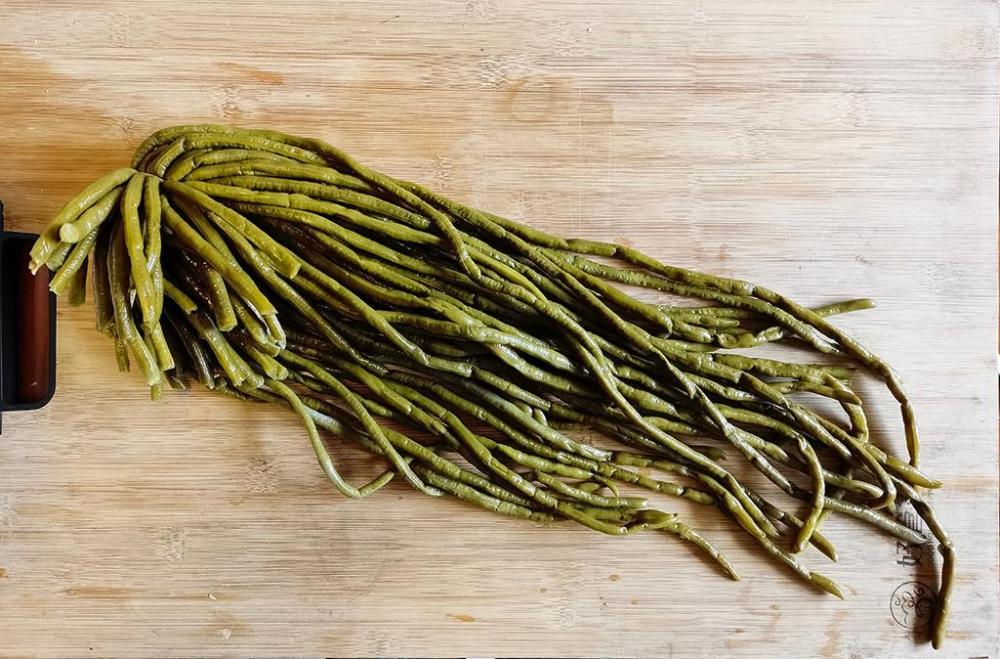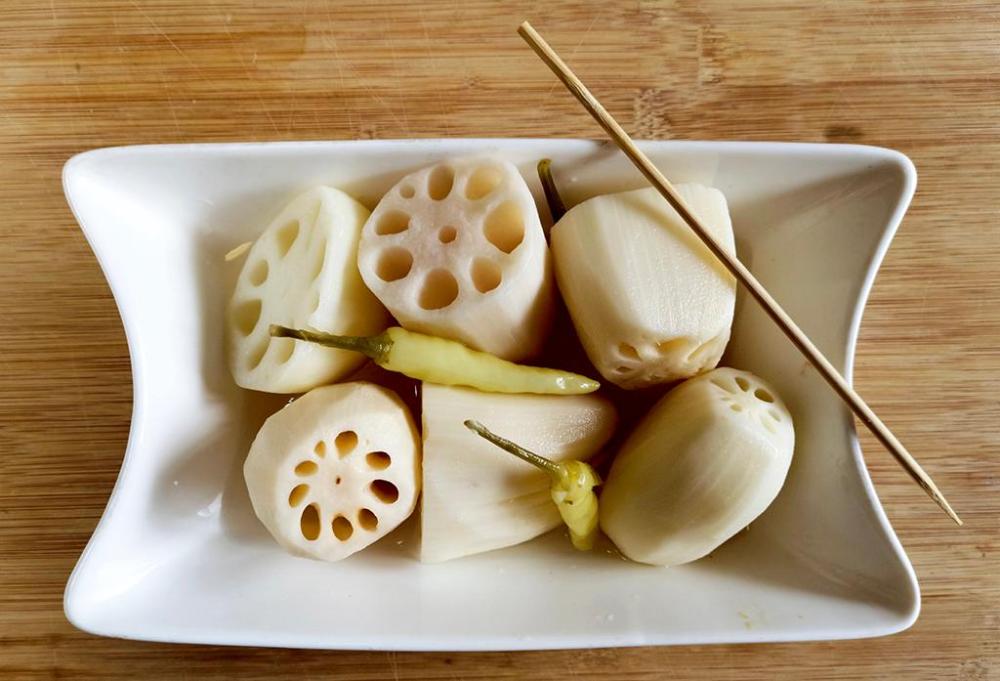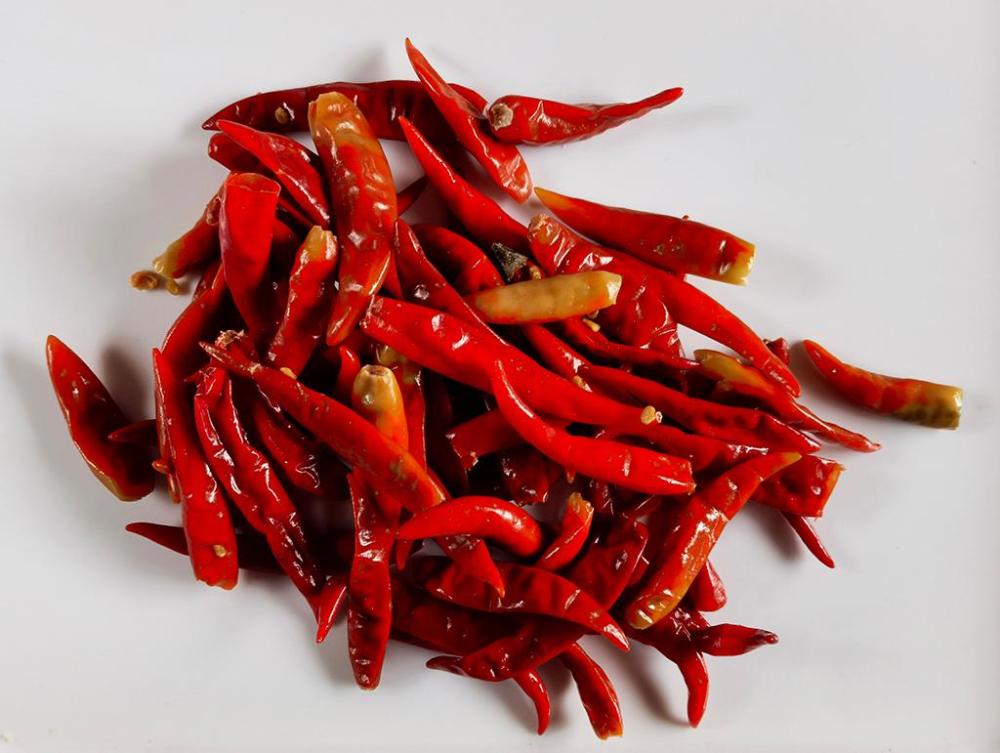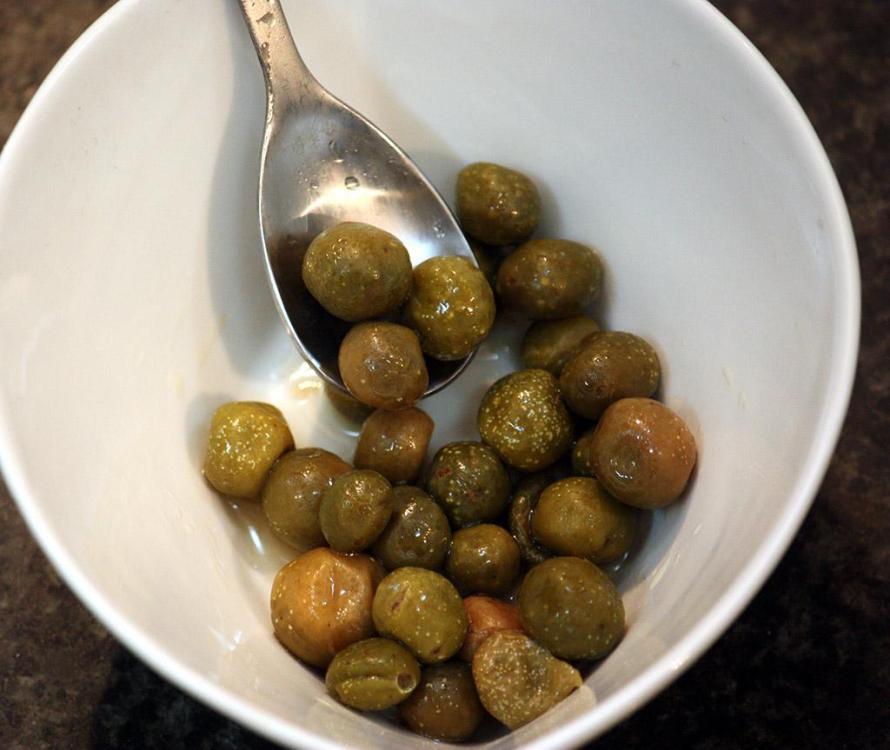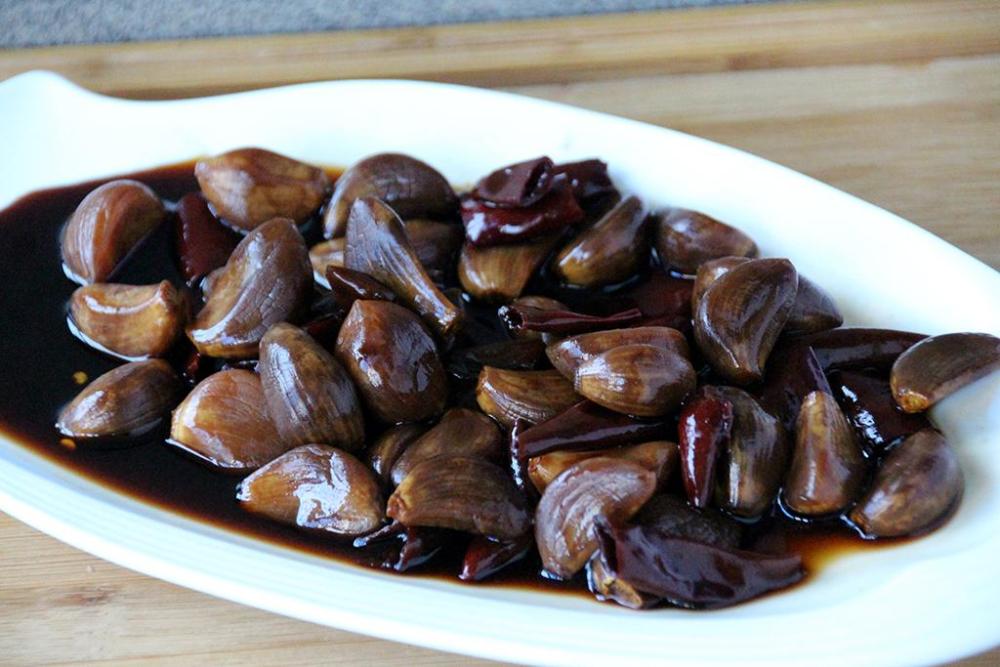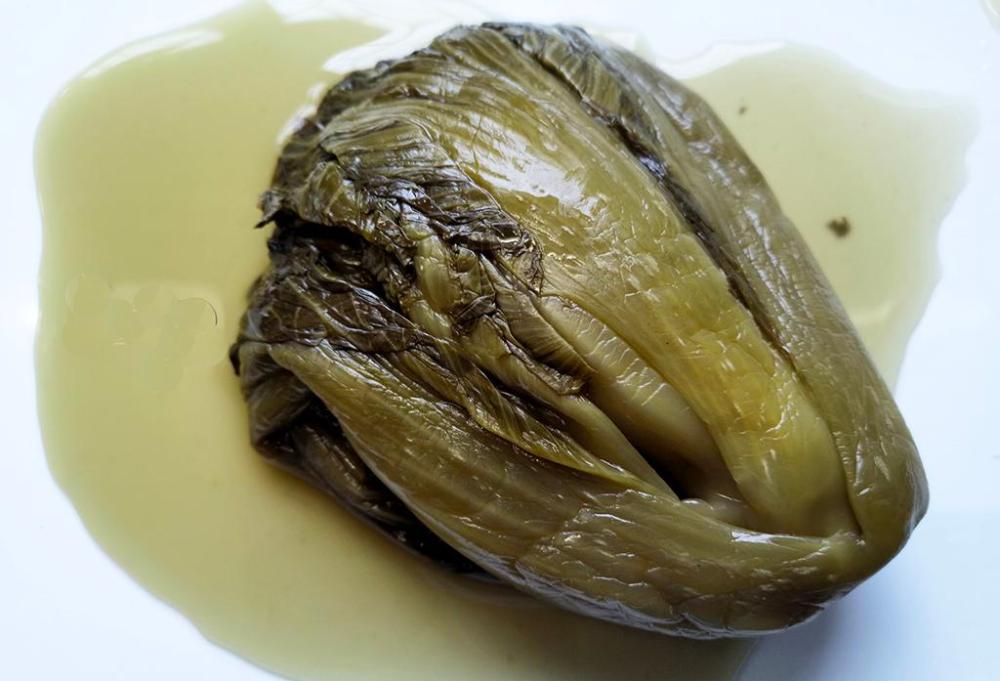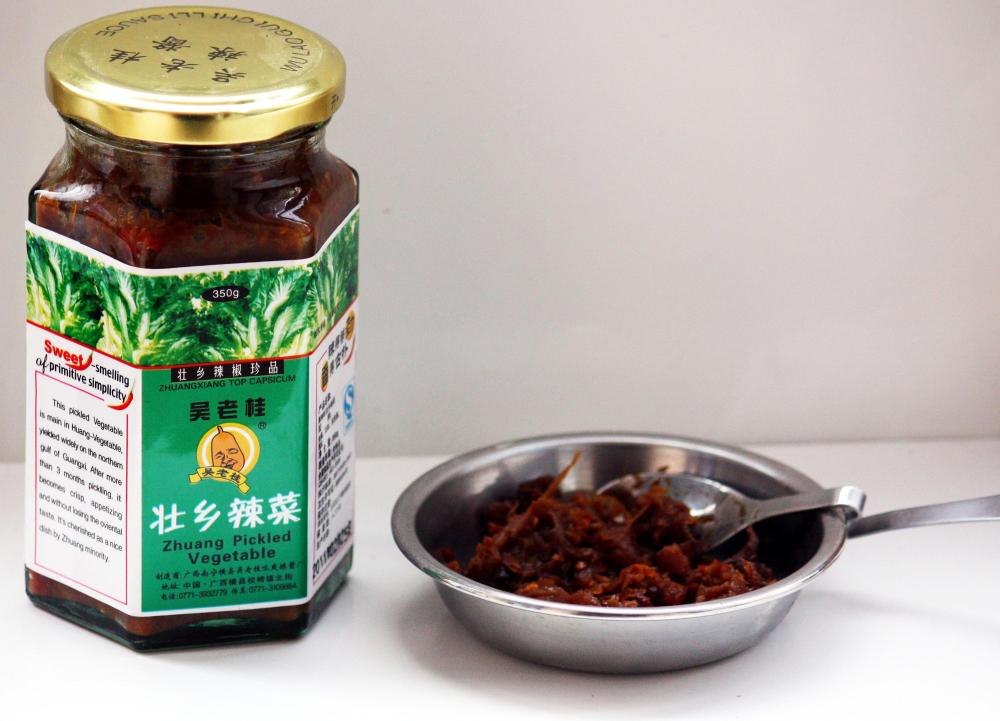30. 酸嘢 (suān yě)
Mixed Pickles
Don’t go looking for 酸嘢 (suān yě) in a dictionary; you won’t find it. It is from an undocumented Guangxi dialect and like Guangxi cuisine is a hybrid. The first part 酸 (suān), comes from Mandarin and here means ‘acid’, ‘sour’, ‘tart’ or ‘pickled’. The second 嘢 (yě) is Cantonese and means ‘things’, so together we have ‘pickled things’ or just ‘pickles’.
Internet travel guides tell you these are a speciality of Guangxi’s capital, Nanning and while that’s not exactly untrue, they are in fact popular across the whole area. All the pictures in this post were taken here in Liuzhou, for example.
I’ve already mentioned pickled meats and fish but 酸嘢 (suān yě) is used to refer to pickled vegetables and fruits. These are sold everywhere by itinerant merchants to supermarket chains. The roadside guys and gals are the most popular and everyone has their favourite.
Itinerant Pickled Salesman
The pickles are even served as an appetizer at wedding banquets.
Wedding Pickle Jar
Wedding Pickles
So what vegetables and fruit are pickled? What do you fancy? Almost everything can be pickled. The veg or fruit is soaked in rice wine with sugar and chilli pepper to give a sweet, sour and spicy result. Everywhere, you can see people snacking on these delicacies. So, to illustrate (literally) I’m just going to post images of examples of 酸嘢 (suān yě). I will identify most of those I know, but many are a mystery. They often don’t look like they did, once they’ve been processed
Pickled Selection
Pickled Selection ( I can see figs and daikon radish)
Bottom right is pickled cucumbers
Supermarket Selection
Pickled Cowpeas
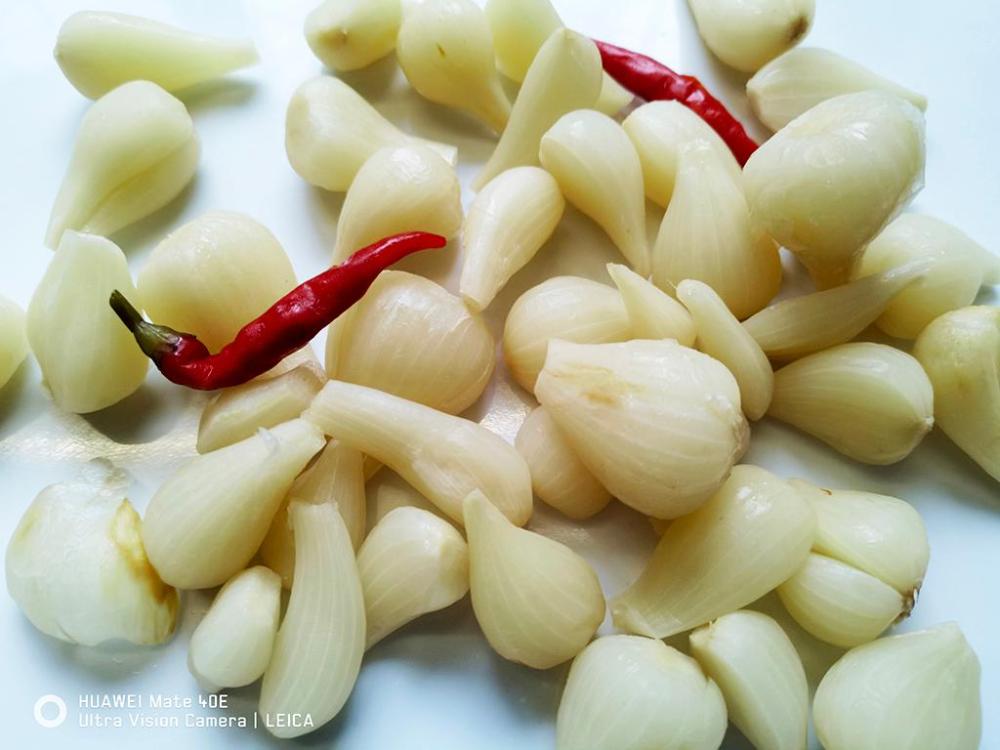 Pickled Garlic Shoot Bulbs
Pickled Garlic Shoot Bulbs
Pickled Peanuts with Green Chilli
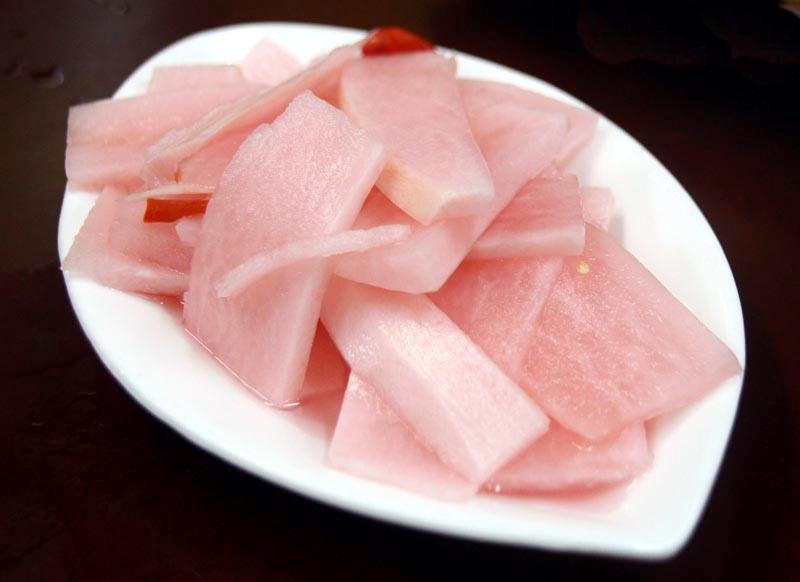
Pickled Daikon Radish
Pickled Long Beans
Pickled Lotuus Root
Pickled Chillies
Neither vegetable or fruit, but algae - Pickled Kelp
Pickled Chicken Skin Fruit
Soy Pickled Garlic
Pickled Mustard Greens
To my surprise, I don't seem to have a picture of my favourites - pickled mango or papaya. Later!


